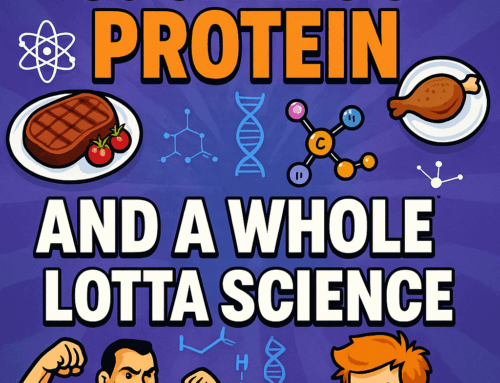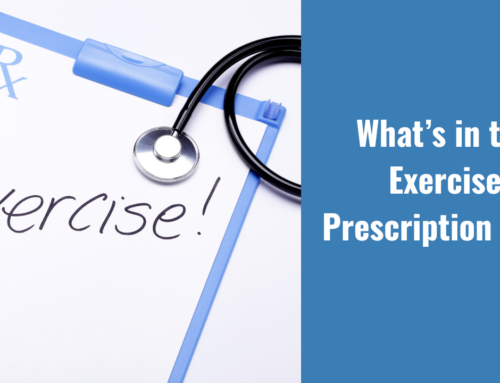[vc_row][vc_column][vc_column_text]Recently, I have been yammering away about how to increase your ability to recover and be a more robust, bad ass human.
I don’t need to point out the massive stress everyone is under right now. While there is only so much that can be done about it, you can control how you train your body to make it more resistant to stress.
This leads to enhanced ability to recover from training in the gym, better immune function, brain health and many other potential benefits.
This is based on the assumption that your training, nutrition and sleep are in some order. If you are eating 1 fast food meal a day, sleeping 5 hours and barely training once a week, start on those first, of course.
But I know you – you are hitting the gym or training at home, nutrition is good and sleep most nights is 7 – 9 hours with an occasion low night.
Once you are hitting the basics, what is next?
My argument is to look for systems that your body HAS to regulate to keep you upright.
The first system we discussed was . . .
System 1: Temperature Regulation
This can be either 1) hot 2) cold. Just different than were you hang out 99% of the time at 70F.
I laugh at my friends who give me a hard time for living in Minnesota where the winters can be beyond cold, yet in the summer in AZ they scurry like scared ants from one air conditioned building to the next air condition building to their AC-blasting vehicle.
I love my AC, but I also know that taking a small percent of time to get out of my comfort zone in regards to temperate can pay big benefits.
All of the 4 systems I am going to reveal can be wrapped up under the term “Physiologic Flexibility.”
Hmmm, sounds like “metabolic flexibility” doesn’t it?
In truth, it is the same principle, just applied to everything beyond metabolism.
This results in 4 main systems in the body.
Each one of them can be trained too.
I can hear the pubmed ninjas now rising up from their Halo-induced Red-Bull-fueled all nighter in their mom’s basement hitting the ole pubmed to search for physiologic flexibility
In truth, you won’t find much under that term yet.
The concept has been discussed in the literature as “adaptive homeostasis” or “physiologic reserve” or even simple “environmental adaptations.”
As you know, I started looking at the concept of metabolic flexibility (coined by Dr David Kelley around 2000) 13+ years ago as part of my PhD dissertation.
The formal title of my dissertation was . . .
“Fine scale variability changes in physiologic systems: implication for metabolic flexibility.”
Everyone loves to hear about that at dinner parties……not.
The main point of it was to look at small changes in variability to see if they predict better physiology.
So far, every system that has been investigated is in agreement with that from:
- Heart rate (as heart rate variability aka HRV)
- Fuel use as respiratory exchange ratio (fine scale RER changes- yes I am quoting my own research)
- Gait
- Sway
- Breathing
- And probably more in the future.
The take away is that by applying some crazy math (variability analysis) to different physiologic systems, it may give us a way to quantify how well they are working.
The idea of metabolic flexibility is
1) how well you carbs for fuel
2) how well you use fats for fuel and
3) how fast can you switch back and forth is then extended to your entire physiology.
PF (physiologic flexibly) is how well can you perform under the extremes of the 4 main homeostatic regulators.
System 1 was temperature. How well can you perform under
1) high heat aka hot AF
2) low heat aka cold AF
3) transition back and forth aka contrast therapy.
System 2 is pH.
Dr Mike
[/vc_column_text][/vc_column][/vc_row][vc_row][vc_column][vc_column_text] [/vc_column_text][/vc_column][/vc_row]




Leave A Comment